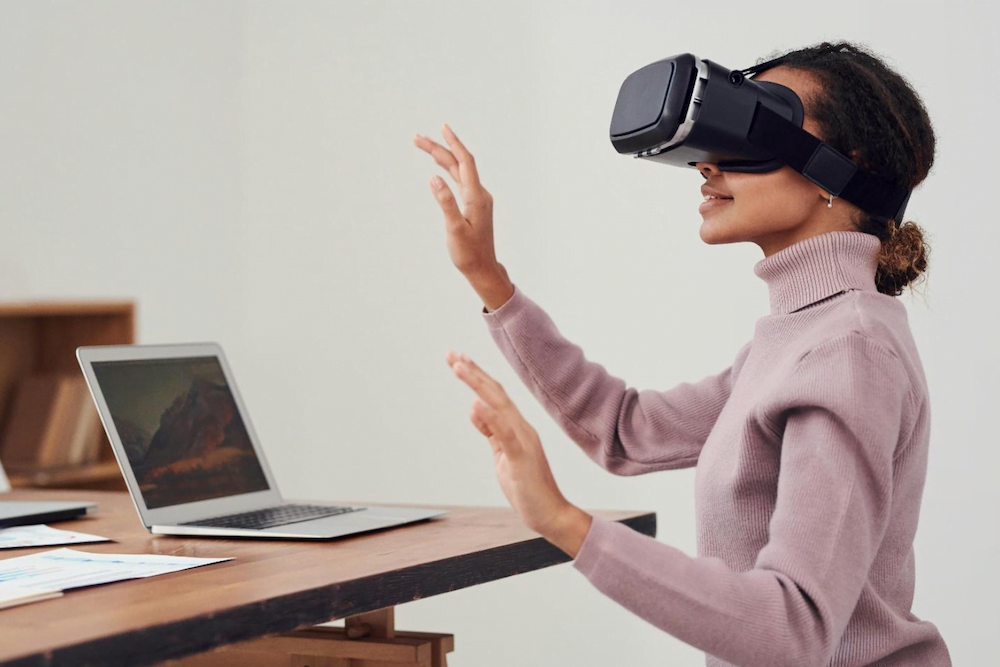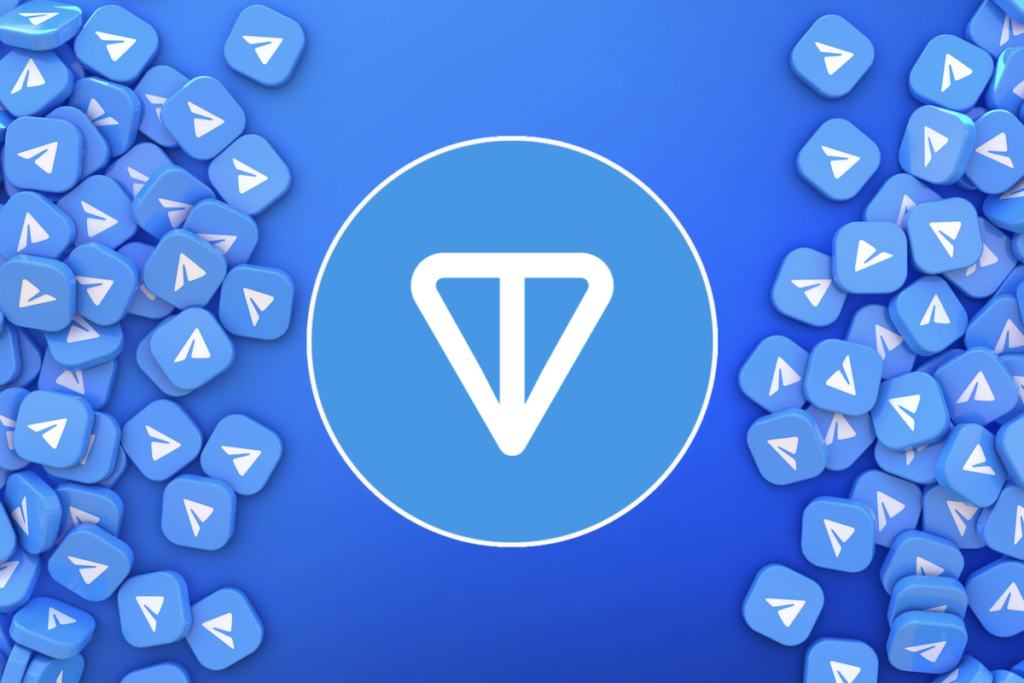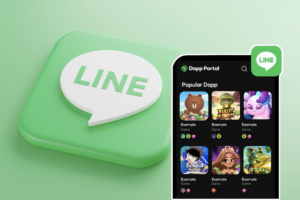AI and VR can take ordinary procedural lessons with little variability and turn them into meaningful, individual activities. Those who use the mentioned tools correctly can influence their students in a way that was impossible before. VR is among the tech tools shaping learning as it also allows students who struggle with assignments to work with platforms like Grademiners writing service. Here are ways AI and VR are shaping academia.
Multimodal Learning
Incorporating VR makes the concept of bimodal learning even better. Rather than just including video and audio cues in lessons, one can use haptic responses to mimic pressure, vibrations, and other aspects. Adding meaningful physical sensations also makes each of them a unique experience.
A traditional class can be monotonous, while a virtual class is realistic and challenging. Because student-based instruction is already more individualistic, virtual reality with haptic feedback is the means of going as personal as possible.
Customized Progression
It can help students progress by using their appropriate interactive and grading information in data in real time. Educators can use this tool to provide individualized assignments, individual studying notes, or individual quizzes to follow the student’s individual learning styles.
AI Tutors
While professors are available to talk during their work time and are usually approachable for casual talks, they cannot answer all the questions – it is a question of time and number. The student-to-educator ratio is always going to be off, meaning that they cannot interact directly with each student. In this case, the use of AI is beneficial because, in a short time, students will receive an answer to their questions.
That is why a chatbot based on a reproductive model is a perfect fit. The student’s tutor never gets sick and is always awake at night; therefore, the student can use it whenever he or she wishes. Whether a student prefers to study at night or on set days, or if he or she hits a dead-end, AI will be able to rely on a large data set. Of course, generative models have their drawbacks, such as the need to train the model and the problem of ‘hallucinations,’ but they have the potential to allow equal access to the best tutoring.
Informed Decision Making Based on Timely Data
Since data generated by Artificial Intelligence improves users’ experience, higher education facilities can use it to change how they address the students. The model will be able to gather information about their behavior, learning preferences, attendance, and performance, which is invaluable information that an educator needs to have about each learner. From there, a teacher can use their know-how to modify lessons that they would normally teach.
Lifelike Experiences
The way a lesson is taken in VR can offer much more than in a physical class setting. The feelings, visions, and touch that one gets in the virtual environment all make learning in the environment to be unique to every person. The fact that the material can be used immediately makes it far more engaging.
Direct Online Exchanges
Two more ways VR can make education more personalized can be identified: the first is direct interaction. Besides, such lessons are more effective than conventional ones in terms of students’ interest. Instead of going through a description, they can meet the subject they are learning almost in the flesh.
It is easier to organize tangible learning material; students can hold it in their own hands and touch it. As everyone will approach the objects differently, all the members of the class will have different experiences from the lesson.
AI-Powered Feedback
The key idea of generative AI is that it can make quick assessments and offer individualized performance evaluations. Teachers can use it to provide each of the students with individual, detailed feedback that no other student receives. It is a great tool, especially for those people who cannot spend much time to write back to everyone individually.
Variable Choices
A virtual learning environment allows students to get lost and study on their own. They can modify settings and try out VR technology to build an education program that meets their needs. Finally, the regularity of options and the possibility to change the sequence make it unique.
With the help of AI, concepts do not have to be taught as a group; learners can work through material on their own. For instance, in a virtual gallery, whereas the other students may walk away from a painting, a student may take his or her time to study it. Or they can separate with another learner to discuss some issue with them on a one-on-one basis.
Digital Adaptive Instruction

In interactive and virtual reality settings, the environment is no longer static and unchangeable, as is the case with the physical environment. Such a learning system allows learners to move at their level and covers only material that will help them in their learning process. Those teachers who wish to increase the level of identification can present a new digital object or change the world they have created. Progression adapts to their needs; hence, progression evolves.
Allows Feedback From the Environment
Causation is a fundamental principle of virtual spaces; therefore, students get immediate feedback when interacting with the surrounding environment — objects in the space react to the student’s actions.
Things can be designed to respond in certain ways for educators to make a lesson more effective. For instance, if a student nurse gives the wrong prescription, the patient may show different signs. Such real-life modeling and simulation scenarios can be made intelligent to adapt to each participant.
Personal Recommendations
At present, models like the ChatGPT are becoming large reasoning machines that can mimic people with striking accuracy. Where other techs can only respond to input in the most literal sense, they can adapt and think for themselves in real time.
For this reason, they can use them to provide individualized recommendations. They can ask an LLM for an answer when the students, for instance, seek reading material or information on a particular subject. Rather than providing them with a basic text or encouraging them to look it up on their own, they can communicate with each other.
Immersive Environments
Teachers can describe ideas as clearly as they can; however, a plethora of learners will require practical experiences to make those ideas sink into their heads. For instance, children who are studying a blue whale’s size will perhaps have a better understanding of reality if they can step on a simulated ship and look at a real-sized model of sharks and whales.
Dynamic Lessons
The reason why VR turns ordinary discourse into an individual encounter is that it is an abstraction. In contrast to receiving a set of standardized lessons throughout the school year, students get ever-changing lessons. Students learn actively and not by following the tutor using PowerPoint presentations or just reading from a prepared manuscript. This constant change in format contributes to the creation of highly engaging lessons for the users.
AI and VR are among the most influential tools that educators can utilize. Whether it is about designing specific settings or offering the student an individual tutor, they will feel closer to the material!
Author
-

The views and opinions expressed in this guest post are solely those of the author, and do not necessarily reflect the official policy or position of NFT News Today.




